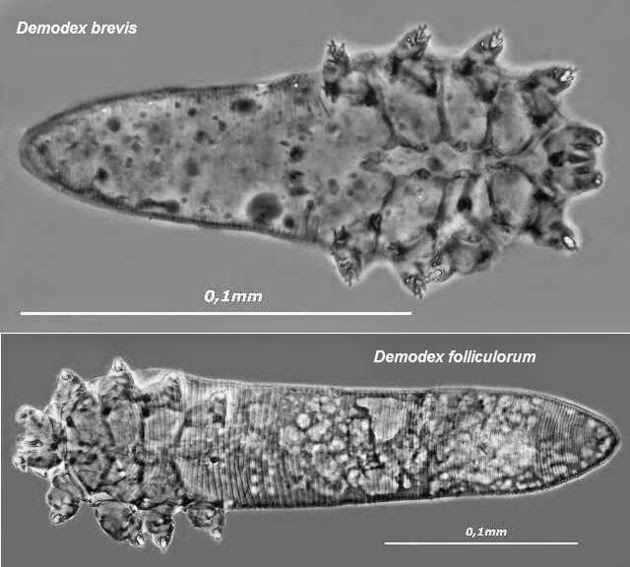Mites are crawling on your face. They move back and forth from your face to your friends face. Living, thriving, reproducing, all on your face.
Spread through direct facial contact, two species of Demodex
(D. Brevis and D. Folliculorum), otherwise known as eyelash mites, have adapted to live on human faces, breeding and eating on them at night according to a 2015 online article “New Studies Discuss Significance of Demodex in Rosacea Care” by Lynn Drake (Summer 2015).
“It’s really creepy to think something is crawling on my face, no matter how cute it looks, it wouldn’t change my opinion,” junior Bella Velasquez said.
Demodex have eight short legs and are covered in scales which they use to anchor themselves into hair follicles to remove dead skin and oils, according to the online article “Human Demodex Mite: The Versatile Mite of Dermatological Importance” by Parvaiz Anwar Rather and Iffat Hassan (Jan-Feb 2014).
“It makes me feel cleaner since the dead skin would probably be accumulating if they didn’t exist, like I’d be dead-skinny,” sophomore Michael Neiswander said.
According to Rather and Hassan, organisms survive off sebum (oil), hormones, and dead skin cells ,which they find on human faces in areas such as the cheeks, forehead, and eyelashes.
“I view the mites as friends and invaders since they help clear my body,” junior Thomas Ngyugen said. “Yet, since they’re on my face without me knowing, they’re invading,” .
Hygiene does not affect the number of mites present, but, according to the online article “Human Demodex Mite: The Versatile Mite of Dermatological Importance” by Parvaiz Anwar Rather and Iffat Hassan (Jan-Feb 2014), older people tend to have a higher population.
